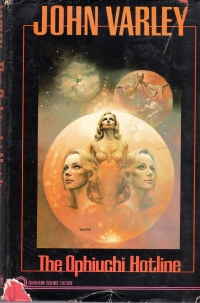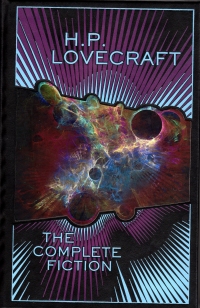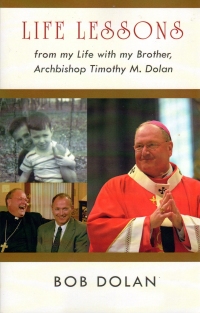 When we went to San Francisco in May, there were two places I wanted to go: Yoshi’s jazz club and Hearst Castle. Of course, further investigation revealed that Hearst Castle is in San Simeon, which is half way between San Francisco and Los Angeles. So I read this book this autumn instead.
When we went to San Francisco in May, there were two places I wanted to go: Yoshi’s jazz club and Hearst Castle. Of course, further investigation revealed that Hearst Castle is in San Simeon, which is half way between San Francisco and Los Angeles. So I read this book this autumn instead.
For those of you who don’t know what Hearst Castle is (how can you live with yourselves?), it is a palace built by newspaper publisher William Randolph Hearst in the 1920s and 1930s. It is huge, it has many buildings (what modern newspapers call a compound if they don’t like the owner), and it has lavish architectural details, antiquities, and pretty much everything I dreamed about when I thought I’d earn fabulous amounts of wealth.
The book, written in partnership with the people who manage the current national park on the site, has a little bit of text about the life of Hearst but really focuses on the details of the construction of the buildings and his vision for it and how that changed over the years. Its text is very meticulous on this subject, and it straddles the boundary between a picture book and a historical treatise. Personally, I would have preferred more photos and a little less detail in the text, but your mileage may vary.
Unfortunately, it did not quench my desire to see this place in person.
You know, when faced with opulence of this nature, some people want to firebomb it and take it away from those who have it. Perhaps I was born in a different century, but I find this inspirational. Hearst came from a wealthier background, surely, but he built a publishing empire and earned the capital to build this place that he had half in mind to make a museum–which it is now, of course. Good on ‘im. Let the rich have theirs, and let us all have a system that allows us to get rich if we can.
Books mentioned in this review:



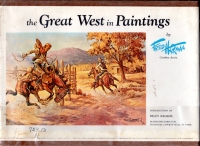
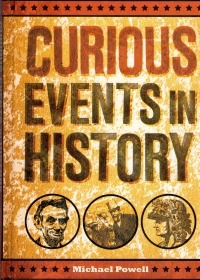
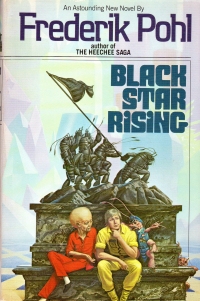
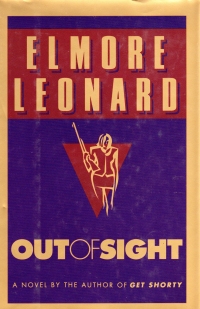
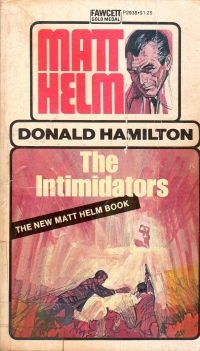

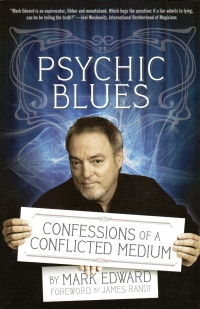
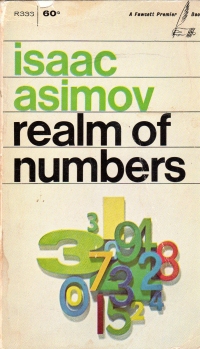

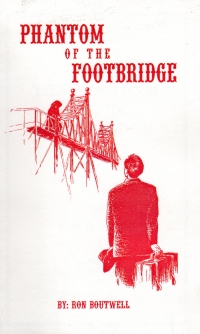 I picked up this book at the local used bookstore in its local interest section, but it doesn’t seem to be available online even though Springfield is lousy with them. It was published by a local Christian theatre company, and its protagonist is a young pastor who takes over a church (that later becomes the playhouse of the theatre company) in 1925. On his walk from the train station to the boarding house where he’s staying, a hooded figure meets him on a footbridge and tells the new arrival that he will bring a child who needs help tomorrow night, and the pastor must help him. This is the phantom of the footbridge.
I picked up this book at the local used bookstore in its local interest section, but it doesn’t seem to be available online even though Springfield is lousy with them. It was published by a local Christian theatre company, and its protagonist is a young pastor who takes over a church (that later becomes the playhouse of the theatre company) in 1925. On his walk from the train station to the boarding house where he’s staying, a hooded figure meets him on a footbridge and tells the new arrival that he will bring a child who needs help tomorrow night, and the pastor must help him. This is the phantom of the footbridge.
